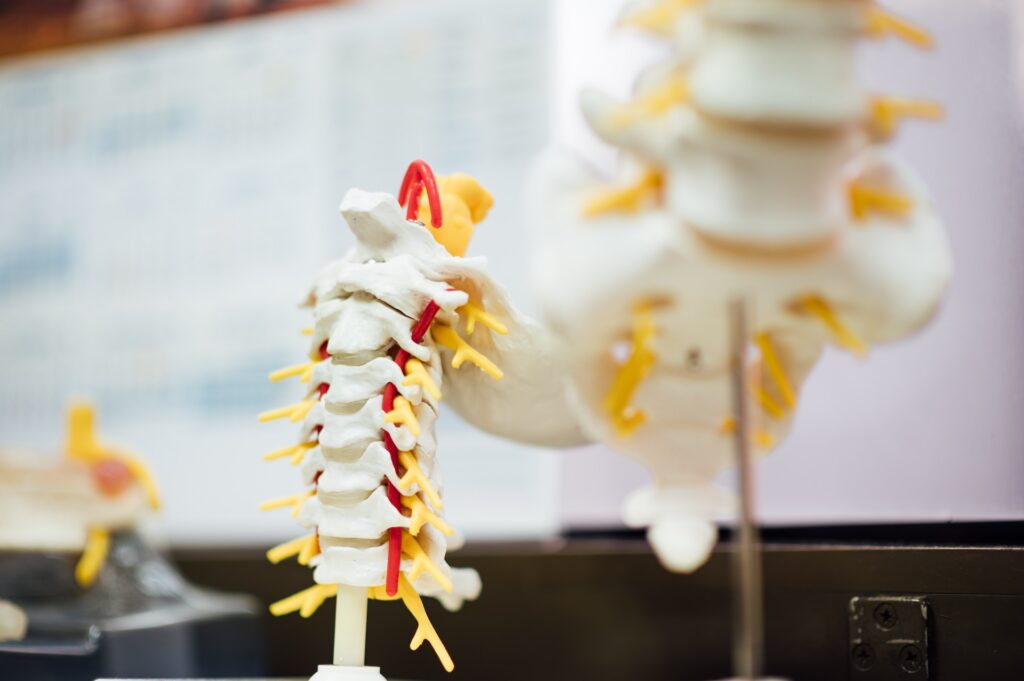Introduction: Lumbar Spondylosis, coded as ICD 10 Lumbar Spondylosis, is a prevalent spinal condition affecting a significant portion of the population. In this detailed guide, we delve into the intricacies of its diagnosis and management, offering valuable insights based on both professional expertise and firsthand experiences. Let’s navigate the landscape of lumbar spondylosis, understanding its nuances and unveiling the most effective approaches to address this condition.
ICD 10 Lumbar Spondylosis: A Closer Look
Lumbar Spondylosis is a degenerative condition impacting the lumbar spine, often associated with aging. It involves the wear and tear of spinal discs and facet joints, leading to pain, stiffness, and reduced mobility. The ICD 10 code for Lumbar Spondylosis allows healthcare professionals to accurately document and classify this condition for effective management.
Understanding the ICD 10 Code
The ICD 10 code for Lumbar Spondylosis is M47.816, specifying the exact location and nature of the condition within the lumbar spine. This code aids in streamlined medical record-keeping, facilitating better communication among healthcare providers and ensuring appropriate billing and insurance processes.
Diagnosing ICD 10 Lumbar Spondylosis
Accurate diagnosis is paramount for developing a tailored treatment plan. Healthcare professionals employ a combination of clinical assessments, imaging studies, and patient history to diagnose lumbar spondylosis conclusively.
Clinical Assessment
Physical examinations play a crucial role in identifying symptoms and evaluating the extent of lumbar spondylosis. Healthcare providers assess factors such as range of motion, pain levels, and neurological symptoms to paint a comprehensive picture of the condition.
Imaging Studies
Radiological investigations, including X-rays and magnetic resonance imaging (MRI), provide detailed images of the lumbar spine, highlighting degenerative changes in discs and joints. These diagnostic tools enable precise identification of lumbar spondylosis and aid in determining the most suitable treatment approach.
Patient History
Understanding the patient’s medical history, lifestyle, and previous injuries is fundamental in diagnosing lumbar spondylosis. This holistic approach ensures a comprehensive evaluation, addressing both the immediate symptoms and potential contributing factors.
Treatment Options for Lumbar Spondylosis
Effectively managing lumbar spondylosis requires a multidisciplinary approach, combining medical, rehabilitative, and lifestyle interventions to alleviate symptoms and improve overall spinal health.
Medications
Nonsteroidal anti-inflammatory drugs (NSAIDs) and analgesics are commonly prescribed to manage pain and inflammation associated with lumbar spondylosis. These medications provide symptomatic relief, enhancing the patient’s quality of life.
Physical Therapy
Tailored exercise regimens and physical therapy programs play a pivotal role in strengthening the core muscles, improving flexibility, and promoting better spine alignment. Physical therapists work closely with patients to develop personalized routines that address specific lumbar spondylosis symptoms.
Lifestyle Modifications
Adopting a healthy lifestyle is integral in managing lumbar spondylosis. Weight management, regular exercise, and ergonomic practices contribute to minimizing stress on the lumbar spine, preventing further degeneration.
Minimally Invasive Interventions
In cases where conservative measures prove insufficient, minimally invasive procedures such as epidural steroid injections or facet joint injections may be recommended to alleviate pain and inflammation directly at the source.
Surgical Options
Surgery is considered a last resort for severe cases of lumbar spondylosis. Procedures like spinal fusion aim to stabilize the spine and alleviate pressure on affected nerves, providing long-term relief for patients with advanced degeneration.
FAQs on ICD 10 Lumbar Spondylosis
Q: Can lumbar spondylosis be prevented?
A: While aging is a primary risk factor, maintaining a healthy lifestyle, including regular exercise and proper ergonomics, can mitigate the risk of developing lumbar spondylosis.
Q: How is ICD 10 Lumbar Spondylosis different from other spinal conditions?
A: ICD 10 Lumbar Spondylosis specifically refers to degenerative changes in the lumbar spine, distinguishing it from conditions affecting other regions of the spine.
Q: Are there alternative therapies for managing lumbar spondylosis?
A: Complementary therapies such as acupuncture and chiropractic care may provide additional relief, but their efficacy varies from person to person.
Q: Is lumbar spondylosis more common in certain age groups?
A: While it often accompanies aging, lumbar spondylosis can affect individuals of varying age groups, especially those with sedentary lifestyles or a history of spinal injuries.
Q: How long does recovery take after surgical intervention for lumbar spondylosis?
A: Recovery times vary, but patients typically experience significant improvement within a few weeks to months post-surgery, with full recovery requiring consistent rehabilitation.
Q: Can ICD 10 Lumbar Spondylosis lead to complications if left untreated?
A: Untreated lumbar spondylosis can potentially lead to complications such as nerve compression, chronic pain, and reduced quality of life. Early intervention is crucial for optimal outcomes.
Conclusion
Navigating the landscape of ICD 10 Lumbar Spondylosis involves understanding its diagnostic intricacies and exploring a spectrum of treatment options. By combining medical expertise with lifestyle modifications, individuals can effectively manage this common spinal condition, restoring mobility and enhancing overall well-being. Stay informed, stay proactive, and empower yourself in the journey towards a healthier spine.

